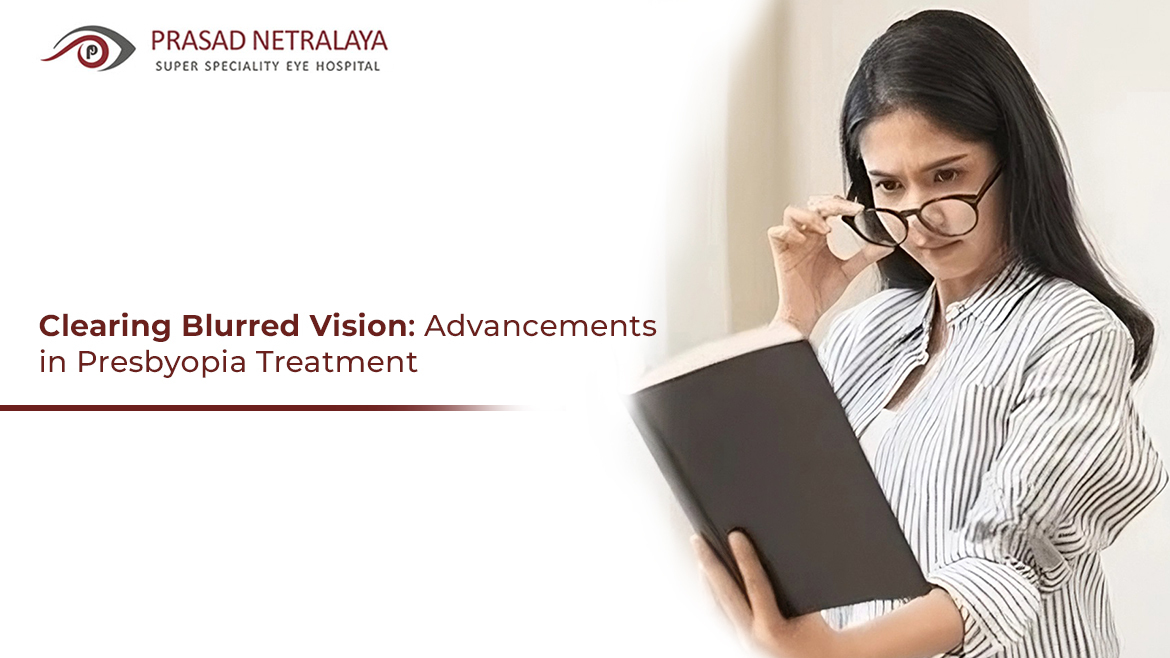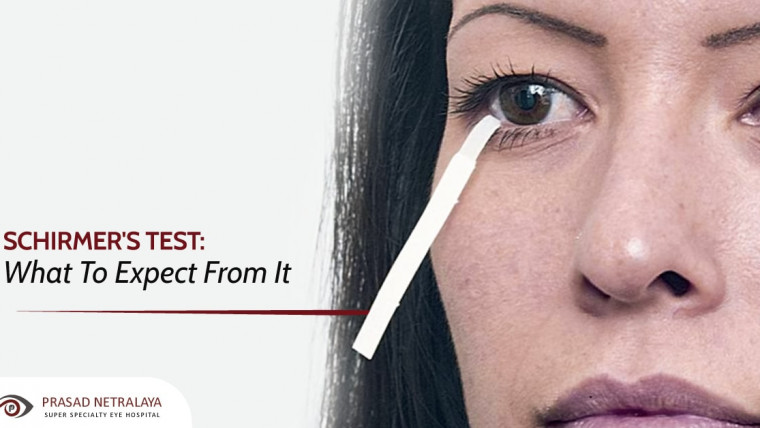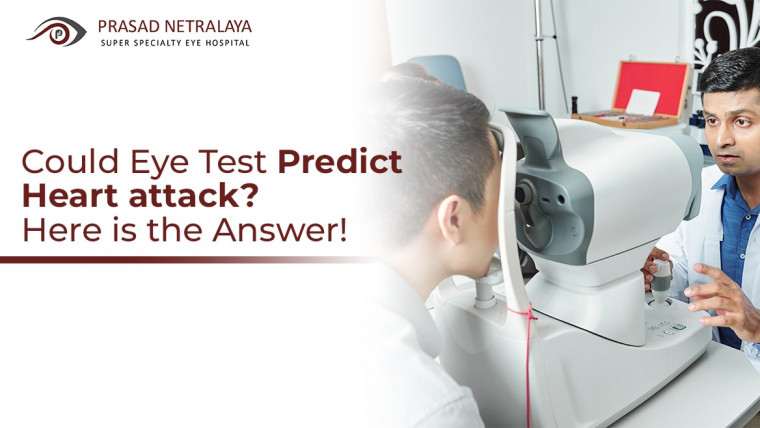The gradual loss in eye-sight and ability to focus on nearby objects is a natural age-related process known as Presbyopia. Almost everyone will experience presbyopia once they pass the age of 40. The good news, however, is that presbyopia is simple to diagnose and easy to treat.
Table of Contents
A Clearer Look At Presbyopia
Presbyopia first becomes noticeable in the individual in their 40s and progressively worsens. It’s often characterized by the hardening of the crystalline lens located in the eye, causing blurry vision.
Presbyopia can be diagnosed by a routine refraction assessment and an eye health exam at your local ophthalmologist. This will reveal what the individual has: farsightedness, loss of near vision, presbyopia, or astigmatism. The [resbyopia diagnosis does not cause any pain or discomfort and takes about 30–60 minutes for a complete eye examination.
Thankfully, major advancements in ophthalmology have been aimed at treating presbyopia more effectively.
Symptoms of Presbyopia
Here are some typical symptoms of presbyopia:
- Blurred vision
- The light seems dimmer than usual when trying to read something
- Inability to focus quickly and correctly when switching focal distance from near to far and vice versa
- Prolonged reading leads to occasional headaches and throbbing sensations behind the eyes
Treatments for Presbyopia
There have been quite a few advancements in treatment options for patients suffering from presbyopia. Some notable treatment options are listed below.
1. Eyeglasses
Perhaps the most simple, common, and safest option for treating blurred vision problems due to presbyopia. These can be either progressive lens eyeglasses or bifocals.
2. Contact Lenses
Another common treatment option prescribed by ophthalmologists is monovision contacts and multifocal lenses. Multifocal lenses are usually preferred since they allow the individual to have a clear vision of various focal points.
3. Monovision LASIK
While contact lenses and spectacles are temporary fixes for presbyopia, a more long-term solution for blurred vision is Monovision LASIK. This surgery corrects the patient’s dominant eye to be able to see objects in the distance with clarity while allowing the other eye to remain nearsighted. It usually takes under 30 minutes for both eyes, with an adjustment period of six to eight weeks post-surgery.
4. PRESBYOND
PRESBYOND is the latest and most popular procedure in presbyopia correction. It’s an advanced and effective surgery for treating patients with presbyopia.
The procedure adjusts the dominant (good) eye for distant vision and the non-dominant (weaker) eye for near vision while increasing the range of focus in both eyes. This results in the brain merging distant and near visual images, allowing the patients to see clearly at near, close, and far distances without the help of any eyeglasses.
5. Corneal Inlays
This procedure involved placing intraocular lens implants surgically in one’s corneas to improve blurred vision. These inlays are placed directly in front of the pupil and enhance an individual’s ability to see clearly by changing the refractive index of the cornea. Because of this, corneal inlays are a common alternative to reading glasses.
6. Refractive Lens Exchange
RLE involves replacing the patient’s original weakened lens with an artificial one in the eye. A painless procedure, this surgery involves placing a lens for distance correction in one eye while placing a lens for nearsightedness in the other, thereby helping the patient with their dependency on eyeglasses. This treatment is similar to the one prescribed for cataracts.
Also Read : Presbyopia: Causes, Symptoms, Treatment Options and Prevention
Treat Presbyopia With Ease at Prasad Netralaya Hospital
Medical advancements in the field of ophthalmology are constantly evolving, with newer, quicker, less invasive, and more efficient techniques for curing blurry vision every day. To know more about which treatment option suits you best, head over to Prasad Netralaya Eye Hospital. You can consult one of our qualified eye-care professionals to get the most up-to-date treatments tailored specifically to your diagnosis.
Frequently Asked Questions (FAQ)
1. Are corneal inlays dangerous?
A: While corneal inlays are an invasive procedure, they are done quite regularly by patients of presbyopia and do not pose any significant risk.
2. What is PresbyLASIK?
A: PresbyLASIK, also commonly called Multifocal LASIK, is a variation of the LASIK surgery, where ‘power zones’ are created on the surface of one’s cornea to improve the focus of depth at any focal point.
3. What is the most suitable treatment for me?
A: Your personal ophthalmologist will be the most suited to tell you which treatment option you should go for. Some factors that will determine the decision are the results of your eye health exam, along with external factors such as your individual lifestyle, profession, and preferences.
Dr. Vikram Jain, M.S. had his medical training (MBBS) from Kasturba Medical College, Mangalore, India. He did his master’s in Ophthalmic surgery from Kasturba Medical College, Manipal. He currently manages the Glaucoma department of Prasad Netralaya hospital.



